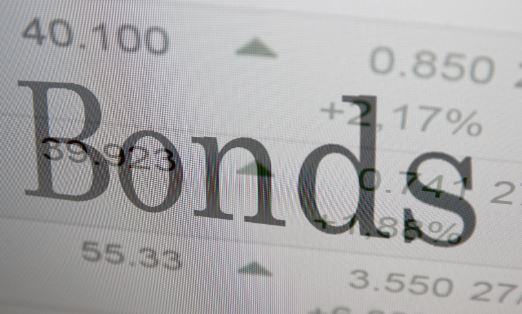For this articles I’m going give you the basics, so you’ll be able to answer “How do bonds work?”. During my undergrad I had a finance class that dedicated 1/4th of the semester to bonds. Lucky for you, I’ll cover what every basic investor should know before investing in bonds. Bonds are another popular investment and teens can invest in bonds, too. They are less risky than stocks and therefore usually have a smaller return. In other words, you’ll probably make more money off of stocks. It is often recommended to make bonds only about 30% of your portfolio.
Bonds may be a little less nerve racking than stocks. If you check your stocks everyday, you might give yourself many unnecessary anxiety attacks. If you have bonds, there are no prices to check.
A bond is a certificate of debt issued by a government or corporation guaranteeing payment of the original investment plus interest by a specified future date, according to the dictionary. This means that the government or a business sells a bond to you for a certain amount of money and after a certain period of time they will pay it back and then some.
For example, you may buy a bond from a corporation for $1,000 and after 10 years they will pay you back the $1,000 dollars plus, let’s say 6%, which would be $60. All your really doing is lending someone money and getting paid for it.
Different Types of Bonds
There are several different types of bonds. There are government bonds, corporate bonds, and municipal bonds. Government bonds are issued by the U.S. government, corporate bonds are issued by corporations, and municipal bonds are issued by local and state governments.
You may have gotten savings bonds from relatives or as awards. These are EE bonds and are available in the denominations $50, $75, $100, $200, $500, $1,000, $2,000, and $10,000. The U.S. treasury also offers I Bonds, Treasury bills, Treasury notes and other bonds. Government bonds are usually the least risky bonds.
Corporate bonds are rated based on the quality and safety of a bond. The higher the rating, AAA the highest, the better, and D is the worst. The lower the rating the more risk there is, but this also means you will probably get a much higher return. A bond with a D rating may promise a 20% return, but they are also probably very unlikely to pay you. Low rated bonds are often called junk bonds.

Pingback: Investment Risk Explained - Debt Free To Early Retirement
Pingback: Portfolio Diversification - Improving Your Portfolio With Every Purchase - Debt Free To Early Retirement